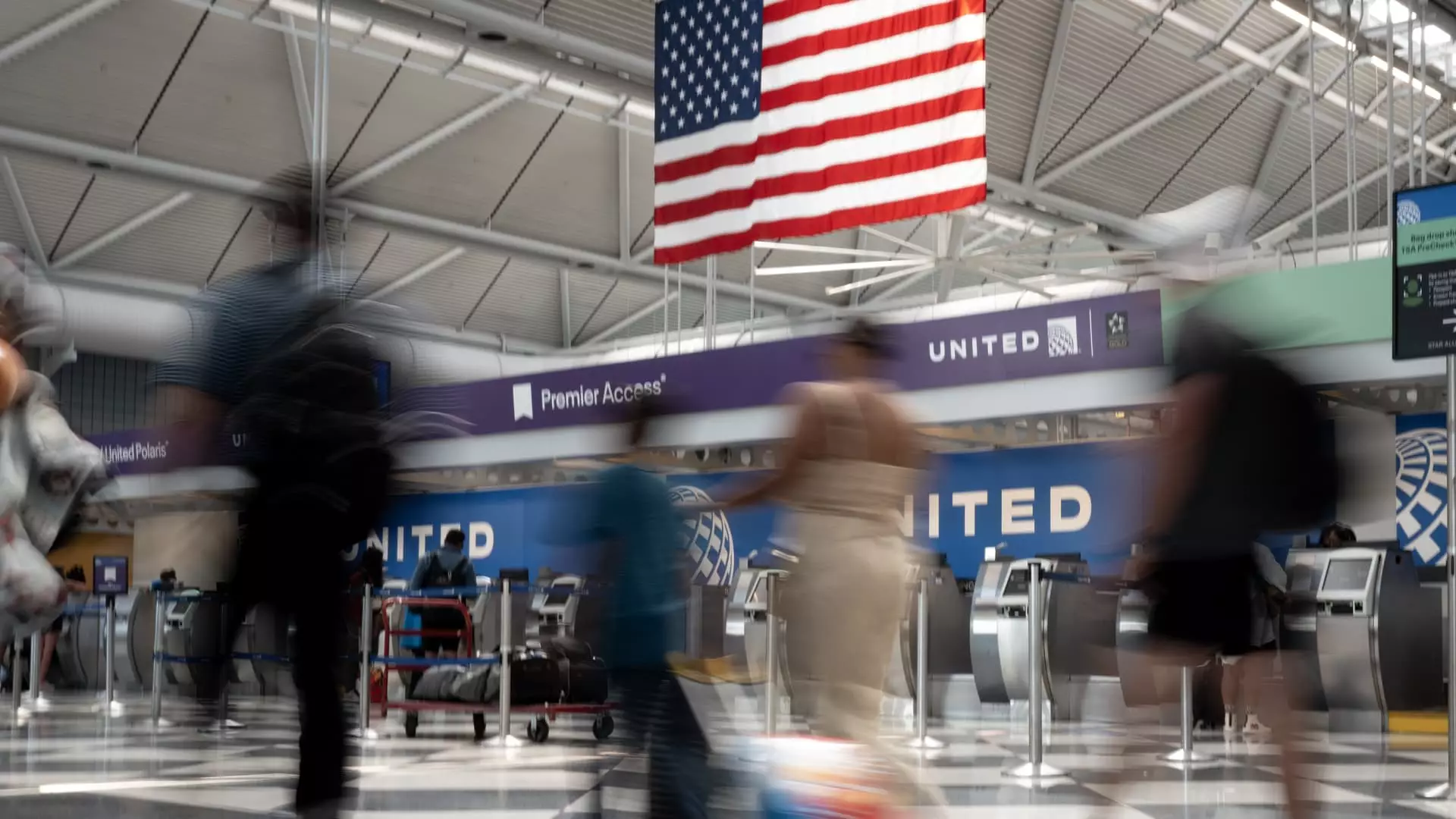The record summer air travel demand in the United States has not translated into record profits for airlines. While some airlines have reported forecasted record demand and revenue, higher labor and other costs have significantly impacted the bottom lines of carriers. This disconnect is a crucial issue that airlines will need to address as they prepare to report their quarterly results this month.
To overcome slower demand growth and various challenges, some carriers have slowed down or even halted their hiring processes compared to the hiring sprees they engaged in during the rebuilding phase post-pandemic. Additionally, airlines are facing delays in receiving new, more fuel-efficient aircraft from manufacturers like Airbus and Boeing. Alongside this, a Pratt & Whitney engine recall has grounded dozens of aircraft, further adding to the woes of the airlines.
Despite an increase in capacity, with airlines flying approximately 6% more seats in July compared to the previous year, the expansion has led to airfare staying relatively stable. However, the stocks in the airline sector have fallen behind the broader market. The NYSE Arca Airline Index, which tracks 16 mostly U.S. airlines, has seen a decline of almost 19% this year, contrasting with the S&P 500’s growth of more than 16%.
The outlook for the third quarter remains uncertain for airlines, with Raymond James analyst Savanthi Syth describing it as “clear as mud”. Potential headwinds such as weaker spending from coach-class clientele, the impact of the Paris Olympics on European bookings, and fluctuations in corporate travel demand all pose challenges for the industry. The shift in travel patterns, with more travelers opting for trips in late spring and early summer, raises questions about the demand for late-summer travel.
Delta Air Lines, the first to report quarterly results this month, is considered the standout among airlines due to its success in marketing premium seats and its lucrative partnership with American Express. Analysts view Delta, United Airlines, and Alaska Airlines as the top picks due to their lower earnings risk and better free cash flow than other carriers. Despite challenges in the industry, Delta and United have seen their shares rise by approximately 14% this year, in contrast to the sector’s overall decline.
American Airlines and Southwest Airlines have faced specific challenges in the current market. American Airlines had to cut its revenue and profit forecasts in the second quarter after a sales strategy misfire, leading to the departure of its chief commercial officer. Southwest Airlines, on the other hand, is under pressure to adapt its traditional business model in light of changing demand patterns and increasing competition from premium cabin offerings by major rivals.
Some airlines, like JetBlue Airways and Frontier Airlines, are already making strategic changes to navigate the challenging landscape. JetBlue has been cutting unprofitable flights and optimizing routes for its high-end business cabin, Mint. Frontier and Spirit Airlines have eliminated change fees for standard coach tickets and are introducing bundled fares to attract customers. However, Spirit Airlines, facing challenges from the Pratt engine grounding and potential pilot furloughs, remains vigilant in its approach to restructuring and maintaining financial stability.
The disconnect between record air travel demand and declining airline profits showcases the intricate challenges that the industry faces in the current market scenario. Airlines must adapt to changing conditions, manage costs effectively, and innovate to meet evolving customer needs to thrive in the competitive aviation sector.

